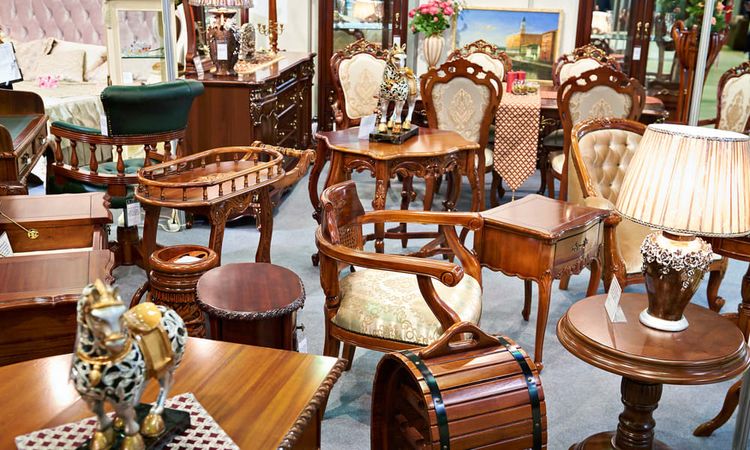Best Wigs for Older Women: Comfort, Style, and Practical Buying Tips
Choosing the right wig becomes increasingly important as hair changes with age. Whether experiencing thinning, texture shifts, or complete hair loss, many mature women turn to wigs for confidence and convenience. Understanding the options available—from cap construction to fiber types—helps ensure a natural look and comfortable fit. This guide explores essential factors to consider when selecting a wig that complements your lifestyle, face shape, and personal preferences while staying within budget.

Finding a wig that feels comfortable and looks natural requires careful consideration of several factors. Mature women often prioritize ease of wear, lightweight construction, and styles that enhance their features. The market offers numerous options, but understanding what works for your specific needs makes the selection process much smoother.
Assessing Hair Needs and Lifestyle
Before purchasing a wig, evaluate your daily routine and why you need one. Are you dealing with medical hair loss, thinning hair, or simply wanting a style change without commitment? Your lifestyle plays a crucial role in determining the right wig type. Active individuals may prefer secure, breathable caps, while those seeking occasional wear might prioritize styling versatility. Consider how often you plan to wear the wig, whether you need multiple styles, and your comfort with maintenance routines. Climate also matters—hot, humid environments require breathable materials, while cooler regions allow more flexibility. Understanding these personal factors narrows down choices significantly and prevents costly mistakes.
Cap Types, Fit, and Comfort Features
The cap construction determines how a wig sits on your head and how natural it appears. Monofilament caps feature a sheer mesh where individual hairs are hand-tied, creating the illusion of hair growing from the scalp. These offer excellent breathability and natural movement but typically cost more. Lace front caps provide a realistic hairline, allowing you to style hair away from the face. Basic wefted caps are more affordable and durable but may feel warmer and less natural. Many wigs now include adjustable straps, silicone-lined edges, and cushioned bands for secure, comfortable fitting. Measure your head circumference accurately and look for caps with adjustment mechanisms. Petite, average, and large cap sizes accommodate different head shapes. Comfort features like soft linings and lightweight materials reduce irritation and headaches during extended wear.
Synthetic vs. Human Hair: Pros and Cons
Choosing between synthetic and human hair involves balancing budget, maintenance, and styling preferences. Synthetic wigs are pre-styled, affordable, and hold their shape even after washing. Modern heat-friendly synthetic fibers allow limited heat styling while maintaining durability. However, they typically last six months to a year with regular wear and cannot be dramatically restyled. Human hair wigs offer unmatched versatility—you can cut, color, and heat-style them just like natural hair. They look incredibly realistic and can last one to three years with proper care. The downside includes higher initial costs, regular styling requirements, and sensitivity to humidity. For mature women seeking low maintenance, quality synthetic options often provide excellent value. Those wanting maximum flexibility and longevity may find human hair worth the investment.
Flattering Styles and Color Guidance for Mature Faces
Certain styles naturally complement mature facial features and skin tones. Shorter to medium-length cuts with layers add volume and frame the face softly. Avoid overly long styles that can overwhelm smaller frames or draw attention downward. Wispy bangs or side-swept fringes soften forehead lines and balance proportions. When selecting color, consider your skin undertones. Cooler tones suit silver, ash blonde, and soft brown shades, while warmer complexions glow with golden blondes, auburn, and warm browns. Many mature women find that slightly lighter shades than their original hair color brighten their complexion. Multi-tonal colors with highlights or lowlights create dimension and appear more natural than solid colors. Avoid overly dark shades, which can appear harsh against mature skin. Consult color charts and, if possible, try wigs in natural lighting before purchasing.
Care, Maintenance, and Budgeting Tips
Proper maintenance extends wig lifespan and preserves appearance. Synthetic wigs require gentle washing every 6-10 wears using specialized shampoo and cool water. Air-dry on a wig stand to maintain shape. Human hair wigs need washing every 7-10 wears with sulfate-free products and conditioning treatments. Store all wigs on stands away from direct sunlight and heat sources. Budget for initial purchase plus ongoing care products and potential professional styling. Entry-level synthetic wigs start around 50-150 currency units, while quality synthetic options range from 150-400. Human hair wigs typically begin at 300-500 and can exceed 1000 for premium quality. Consider purchasing two wigs to rotate, extending the life of each. Many retailers offer payment plans or seasonal sales. Factor in accessories like wig stands, brushes, and care products when budgeting.
| Wig Type | Provider/Brand | Key Features | Cost Estimation |
|---|---|---|---|
| Synthetic | Raquel Welch | Heat-friendly fiber, lace front, memory cap | 200-400 currency units |
| Synthetic | Jon Renau | Monofilament top, hand-tied, lightweight | 250-450 currency units |
| Human Hair | Estetica Designs | 100% Remy hair, lace front, natural density | 400-800 currency units |
| Human Hair | Noriko | Hand-tied cap, European hair, customizable | 500-1000+ currency units |
| Synthetic | Gabor | Basic cap, pre-styled, durable construction | 100-250 currency units |
Prices, rates, or cost estimates mentioned in this article are based on the latest available information but may change over time. Independent research is advised before making financial decisions.
Selecting the right wig involves balancing practical considerations with personal style preferences. By understanding cap construction, fiber types, and maintenance requirements, mature women can find options that boost confidence while fitting comfortably into daily life. Take time to research, try different styles, and invest in quality that matches your budget and lifestyle needs. The right wig should feel like a natural extension of yourself, enhancing your appearance without causing discomfort or excessive maintenance demands.




